This leaflet provides a reminder of the steps you need to take to administer nebulised antibiotics for Bronchiectasis. If you would like further information, or have any worries, please do not hesitate to ask your doctor or nurse.
In all cases, your respiratory team will provide training on how to administer nebulised antibiotics and answer any questions you might have.
The nebuliser drives air into a dissolved liquid containing antibiotics, which can then be inhaled as a fine mist. This method delivers antibiotics directly into your airways. This treatment is recommended by the British Thoracic Society (BTS) for the management of bronchiectasis.

Preparing the equipment
Always start with washing your hands.
To make up the antibiotics, you will need:
- A syringe.
- A blunt needle.
- A vial of 0.9% sodium chloride.
- A vial of antibiotic.
- Filter pads.
For the nebuliser, you will need:
- Nebuliser pot.
- Tubing.
- Mouthpiece.
- Filter housing.
- Nebuliser machine.
Setting up the filter
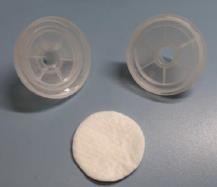
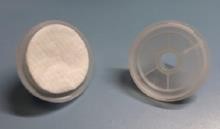
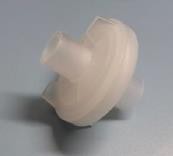
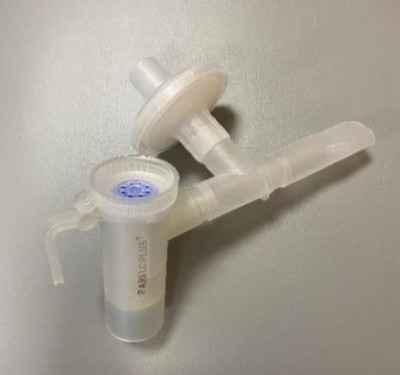
Making up your antibiotics
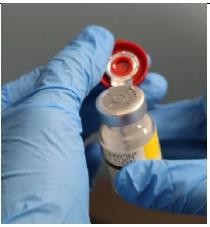
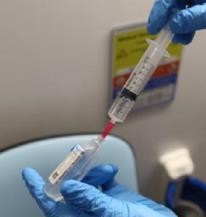
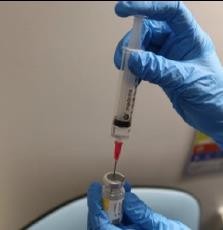
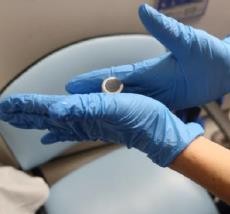
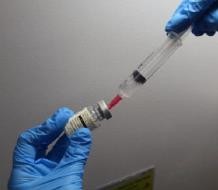
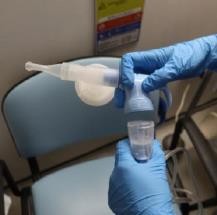
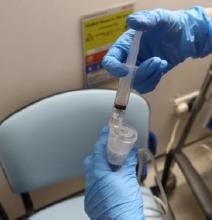
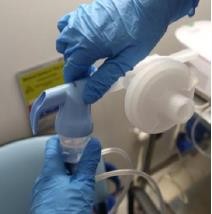
How to administer inhaled antibiotics
When using the nebulised antibiotics, you should try to prevent others being exposed to the medication. You should close the door to the room and open a window. No-one else should enter the room during the nebulisation or for 30 minutes afterwards.
- Connect the nebuliser tubing to the machine and to the assembled nebuliser equipment: the nebuliser pot (containing the mixed antibiotic solution as described above), the mouthpiece and the filter.
- Ensure that the nebuliser machine is plugged into a mains supply. Switch on the machine, seal your lips around the mouthpiece and slowly breathe in and out through your mouth, sitting in an upright position (see fig 1).
- Breathe at a rate that is comfortable for you and try not to talk. If you need to stop for a break, switch off the machine and restart when you are ready.
- When the nebuliser has finished, detach the tubing from the nebuliser pot, then switch off the machine. This removes moisture from the tubing. You will be able to tell when the nebuliser has finished because it starts to ‘spit’ and there will be no liquid left in the pot.
- Dispose of the needle and antibiotic vial into your sharps bin and the syringe and vial of sodium chloride into a normal bin.
- Clean your nebuliser (as detailed below), wash your hands, and rinse out your mouth with water.
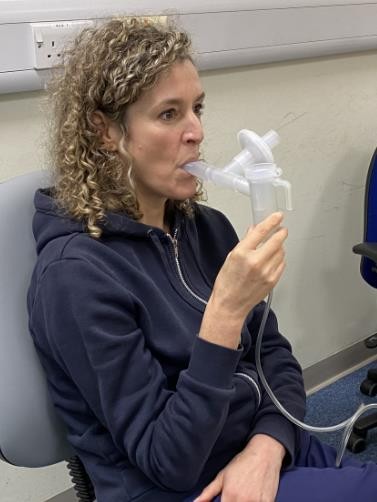
Cleaning the nebuliser
It is important to clean your equipment carefully after every use to prevent bacteria (including the ones the nebulised antibiotics are trying to kill) from growing on it. If small amounts of the drug remain in the equipment, it can harden and block the nebuliser: keeping it clean and dry will prevent this.
After every use:
- Disassemble the nebuliser pot: remove the mouthpiece, filter housing, and lid from the pot.
- Remove used filter pads and discard. Wash the nebuliser pot, filter housing, and mouthpiece in warm soapy water.
- Then rinse the equipment under hot running water before leaving to air dry. Ensure all components have dried completely before re-using.
For periodic cleaning and maintenance of the machine, please see instruction booklet for your specific machine.
Side effects
Side effects are unlikely as you have already had a supervised trial of this medicine.
- If you do experience any chest tightness or shortness of breath whilst using the antibiotics, stop the nebuliser immediately. If you have one, take your reliever inhaler/nebuliser (Salbutamol/Ventolin) as prescribed.
- If your symptoms do not improve, go to your nearest emergency department for medical review. Let your medical team know as soon as it is safe to do so.
- If you have other side effects whilst inhaling the antibiotics, stop and ask your medical team for advice.
 Translate
Translate